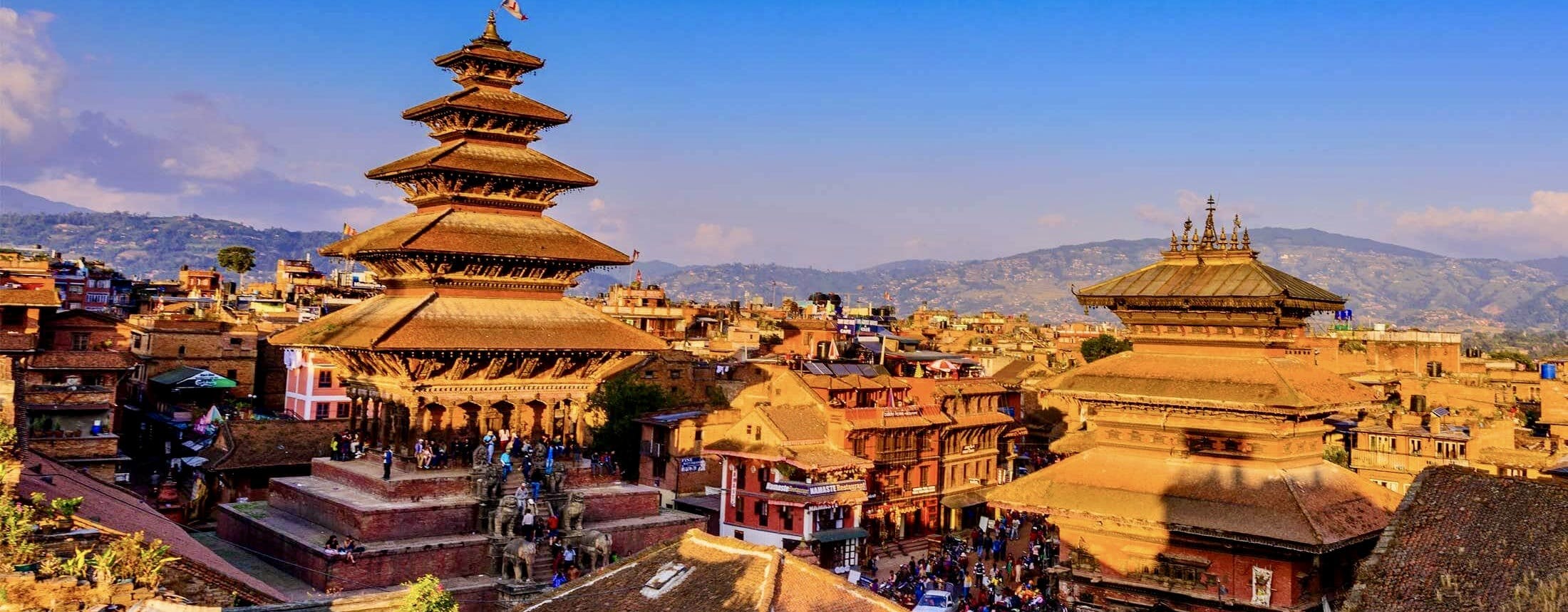The history of Nepal is both complex and fascinating, spanning thousands of years and encompassing various dynasties, ethnic groups, and cultural influences. While it is impossible to cover the entire history in a single response, here are some key points to help you understand the story of this unique country:
Ancient Nepal (1500 BCE - 1200 CE)
Archaeological evidence suggests that the Kathmandu Valley has been inhabited for at least 9,000 years. The Kiratis are believed to be the first documented rulers of Nepal, ruling from the 7th to 2nd century BCE. The region saw various smaller kingdoms and confederations rise and fall, including the Licchavi dynasty (circa 400 - 750 CE), which left behind a rich cultural heritage.
The Malla Period (1200 - 1768 CE)
The Malla period began in the 13th century and saw the establishment of various independent city-states, most notably Kathmandu, Patan, and Bhaktapur. The Malla period is known for its achievements in art, architecture, and culture, including the iconic pagoda-style temples that can still be seen today.
The Unification and Shah Dynasty (1768 - 1846 CE)
The unification of Nepal began with King Prithvi Narayan Shah of the Gorkha Kingdom. Through a series of military conquests and strategic alliances, he succeeded in bringing the various small kingdoms and principalities under a single rule. The Shah dynasty ruled Nepal until 1846, when the Rana family seized power through a coup.
The Rana Era (1846 - 1951 CE)
The Rana family established a hereditary system of prime ministers, effectively reducing the monarchy to a figurehead role. The Ranas ruled with an iron fist, isolating Nepal from the outside world and suppressing political dissent. In 1951, the Rana regime was overthrown in a democratic revolution led by the Nepali Congress and various leftist groups, restoring power to the monarchy.
The Democratic Experiment and Panchayat System (1951 - 1990 CE)
Following the restoration of the monarchy, Nepal experimented with democracy, but political instability and power struggles led to the establishment of a party-less Panchayat system in 1960. The Panchayat system was an indirect form of democracy, with the King holding substantial power. This system lasted until 1990, when the pro-democracy Jana Andolan movement forced the King to accept constitutional reforms.
The Multiparty Democracy and Maoist Insurgency (1990 - 2006 CE)
In 1990, a new constitution was adopted, and Nepal became a constitutional monarchy with a multiparty democracy. However, the country faced significant challenges, including a decade-long Maoist insurgency (1996 - 2006) that claimed thousands of lives and weakened the political system.
The Federal Democratic Republic of Nepal (2008 - present)
After the end of the insurgency and the signing of the Comprehensive Peace Accord in 2006, Nepal underwent a political transformation. The monarchy was abolished in 2008, and the country became a federal democratic republic. A new constitution was promulgated in 2015, which further defined the country's federal structure and guaranteed a range of rights to its citizens.
Throughout its history, Nepal has been a melting pot of different cultures, religions, and ethnic groups, resulting in a diverse and fascinating cultural heritage. Today, Nepal continues to develop and thrive, with a rich history and a unique way of life.
